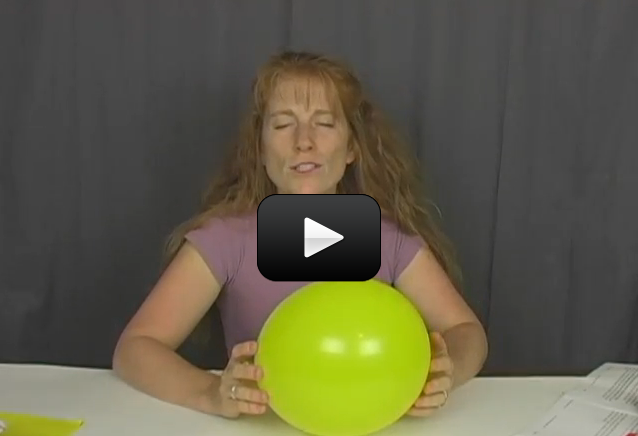Pure substances all behave about the same when they are gases. The Ideal Gas Law relates temperature, pressure, and volume of these gases in one simple statement: PV = nRT where P = pressure, V = volume, T = temperature, n = number of moles, and R is a constant.
When temperature increases, pressure and volume increase. Temperature is basically a speedometer for molecules. The faster they are wiggling and jiggling, the higher the temperature and the higher the thermal energy that object has. Pressure is how many pushes a surface feels from the motion of the molecules.
Materials: balloon, freezer, tape measure (optional)
Please login or register to read the rest of this content.


where is the worksheet for this lesson?